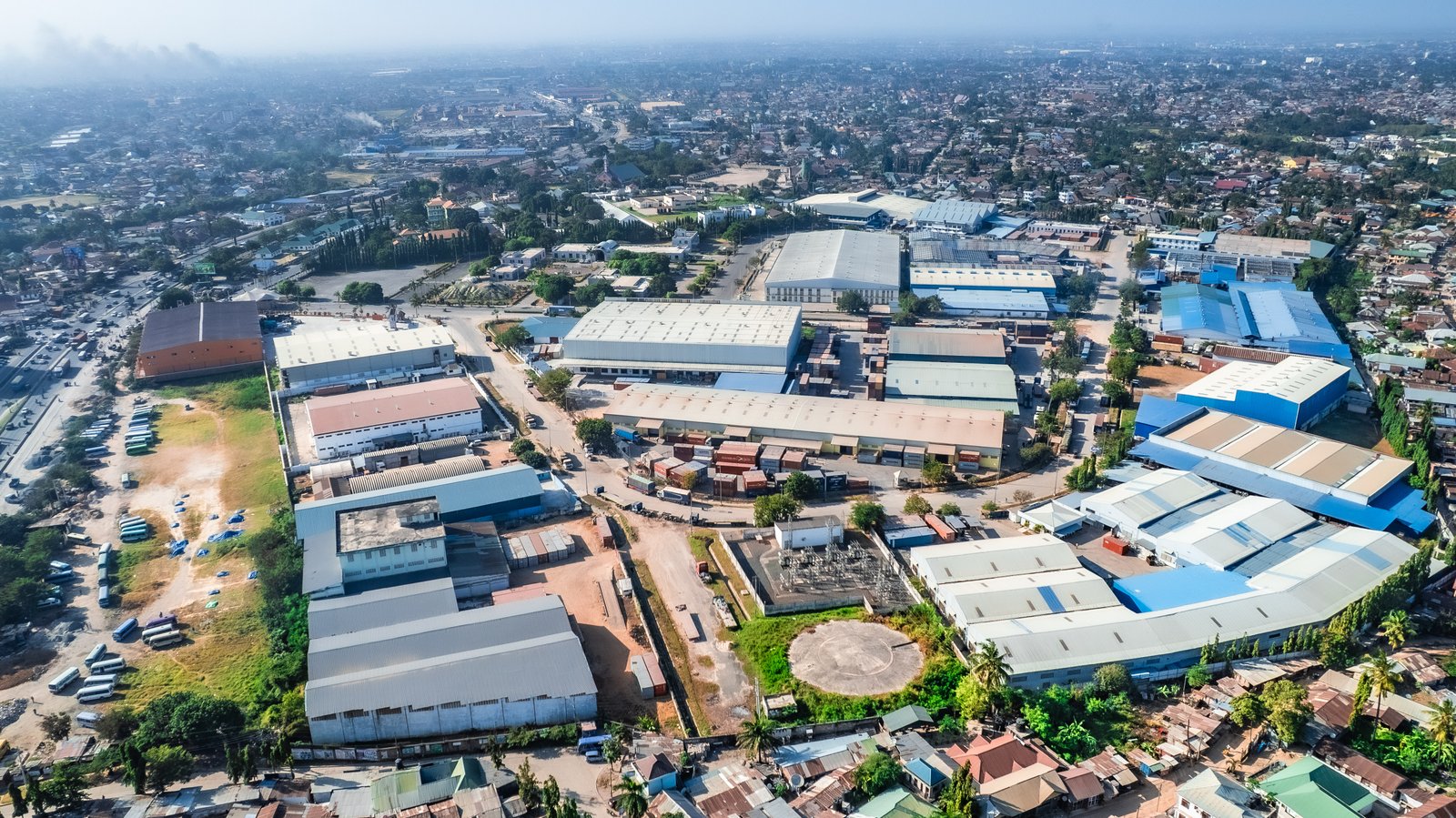Investment Insights in Tanzania: Opportunities, Risks, and Strategic Imperatives

Tanzania presents one of East Africa’s most compelling investment cases. Its nominal GDP of $88.9 billion in 2025 is set to reach $180 billion by 2030, driven by infrastructure projects, industrialisation, and policy reforms. For investors, the question is not whether opportunities exist, they do, but how to navigate structural risks to capture them.
High-Impact Investment Sectors
1. Infrastructure and Logistics
- Standard Gauge Railway (SGR): Reduces domestic transit times, linking Dar es Salaam to Dodoma, Mwanza, and Kigoma. Critical for export-oriented manufacturing.
- Energy Projects: LNG, hydropower, and transmission expansion aim to stabilise industrial electricity supply.
- Investor Implication: Projects with strong government backing mitigate operational risk; delays and cost overruns remain material considerations.
2. Special Economic Zones (SEZs)
- Five SEZs targeting manufacturing, agro-processing, and energy-intensive industries.
- Incentives include tax holidays, import duty exemptions, and expedited licensing.
- Investor Implication: SEZs offer attractive risk-adjusted returns for export-focused operations, but bureaucratic efficiency and local supply chain readiness are variable.
3. Agriculture and Agro-Processing
- Opportunities in value-added processing, mechanised farming, and supply chain development.
- Investor Implication: Returns hinge on integration with export markets and consistent policy enforcement.
Macro and Regulatory Considerations
- Formalisation of the Informal Sector: ~45% of GDP is informal. Policies to expand the tax base could improve returns but require patience.
- Debt and Fiscal Management: Public investment is ambitious; investors must assess sovereign risk and debt sustainability.
- Comparative Advantage: Targeted growth of 7.5% annually exceeds regional peers, but execution risk is high.
Strategic Recommendations for Investors
- Engage directly with TISEZA to leverage SEZ incentives and streamline approvals.
- Prioritize sectors with government alignment and infrastructural support: manufacturing, energy, logistics.
- Conduct scenario analysis for macroeconomic and population-driven demand trends.
- Integrate risk mitigation strategies for bureaucratic delays, regulatory shifts, and project execution challenges.
Conclusion
Tanzania is a market of scale, policy-driven incentives, and high-growth potential. Investors who combine sectoral focus, risk management, and engagement with government mechanisms stand to benefit from robust returns. The window for first-mover advantage in key sectors is narrowing, making timely, informed entry critical.
